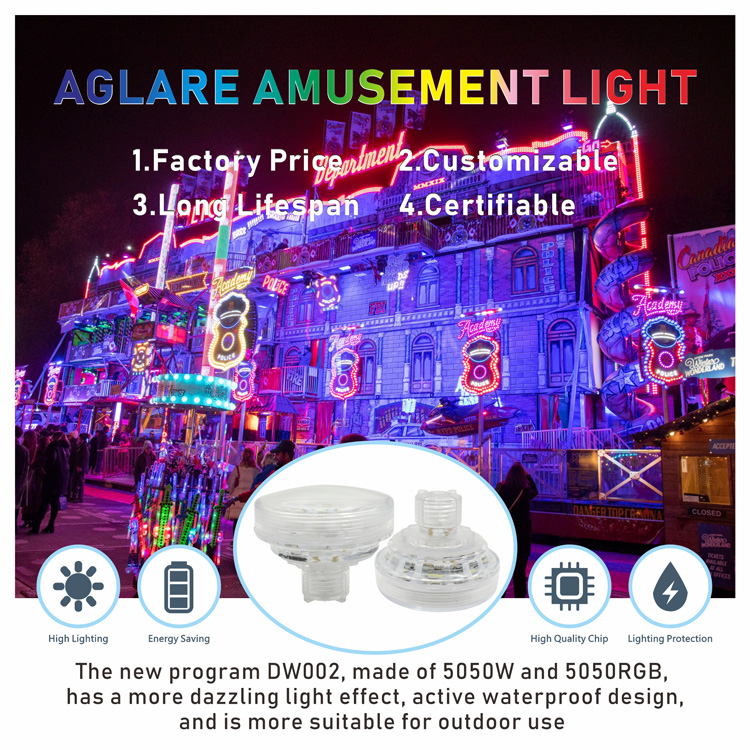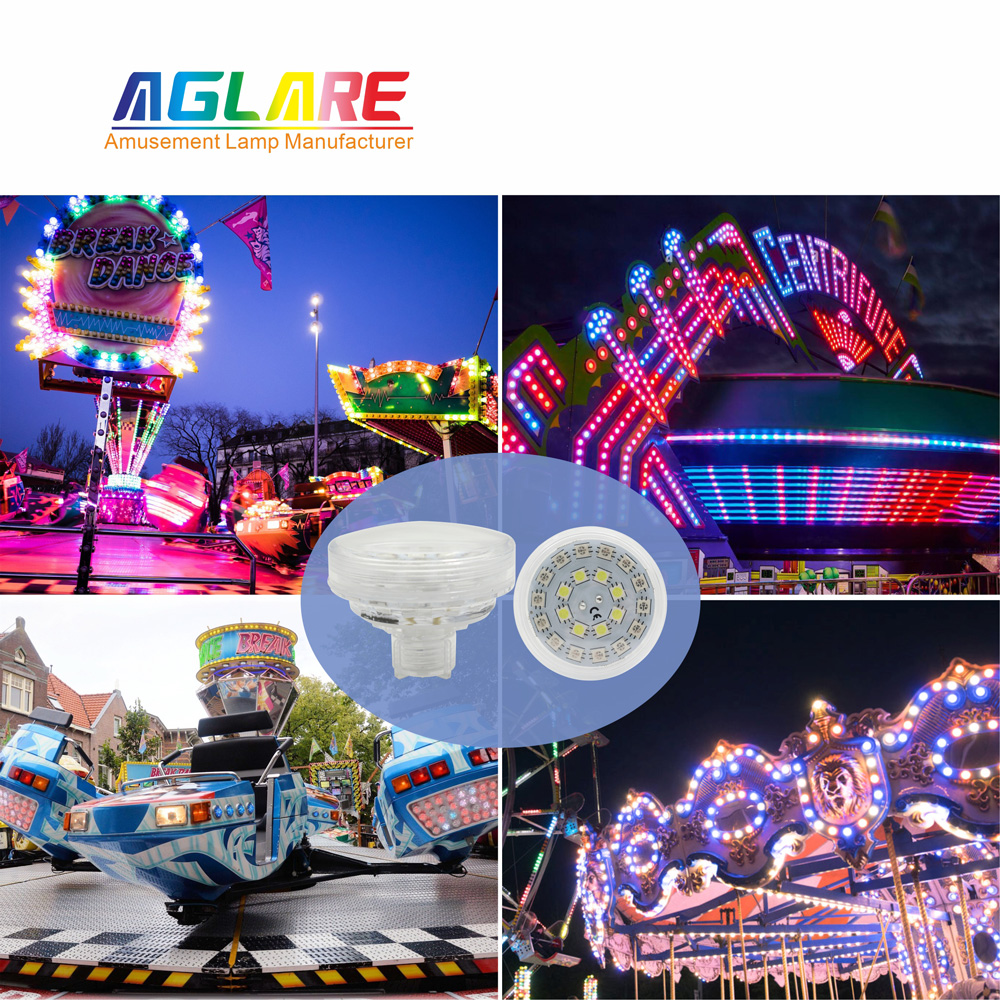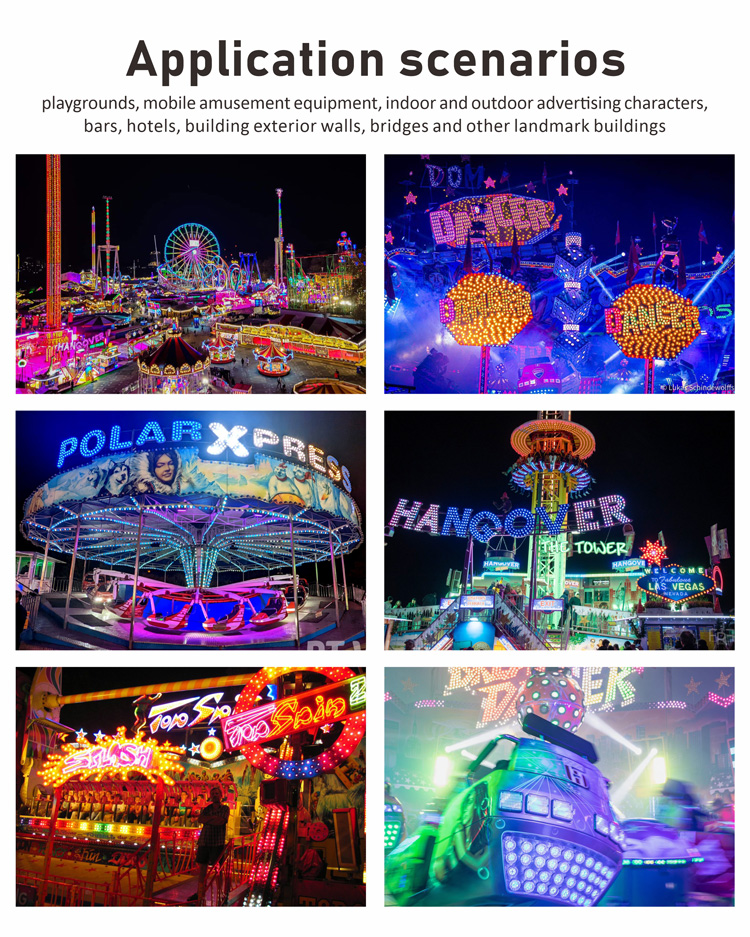-
Products Center
- Single colour Amusement Lights
- E10 Single Colour Amusement Lights
- E14 Single Colour Amusement Lights
- E27 Single Colour Amusement Lights
- 2PIN Single Colour Amusement Lights
- Automatic Amusement Lights
- E10 Automatic Amusement Lights
- E14 Automatic Amusement Lights
- E27 Automatic Amusement Lights
- 2PIN Automatic Amusement Lights
- Programmable Amusement Lights
- 0.2-2WProgrammable Amusement Lights
- 2.1-5W Programmable Amusement Lights
- 5.1-20W Programmable Amusement Lights
- 21-100W Programmable Amusement Lights
- Application Area
- Certificate Center
- Technical Support
- Contact US

How To Wire Your Own Fairground Lights Project
- date: 2024-03-13
- category: Industry knowledge
- click:
Speaking of amusement parks, what you may think of are: Disneyland·Santa Rosa Fairgrounds · Sonoma County Fairgrounds Events · Santa Clara County Fairgrounds · Stockeld Park · Diana Memorial Playground · Paultons Park,Europa Park · Phantasialand · Movie Park · Legoland · Hansapark · Hansapark · Holiday Park, etc., how to wire your own fairground lights project?

Night view lighting design of theme amusement parks. Compared with other commercial formats, night view lighting of theme amusement parks pays more attention to the creation of tourist experience. A successful and excellent theme amusement park night view planning project can effectively enhance the theme atmosphere and bring visitors a dramatic visual experience. So, how do you connect your own fairground lighting project?
There are multiple steps involved in creating and wiring up a fairground lighting project. Let’s assume you are designing and installing a fairground lighting system. Here are the general steps:
1. Project planning:
•Design lighting layout: First, design a lighting layout plan based on the layout, functional areas, safety requirements and aesthetic effects of the fairground, including light type, quantity, location, height and controller configuration, etc.
•Select lighting fixtures: Choose LED fairground-specific lighting fixtures that are suitable for outdoor use, waterproof, shockproof, and durable, such as led floodlights, landscape lights, led fairground lights,cabochon lights,carousel lights,turbo light bulbs,pixel led lights,rgb flood lights,colored flood lights, neon lights, etc.
2. Procurement and installation:
•Purchase the necessary lighting fixtures, wires, switches, junction boxes, distribution boxes, lighting controllers and other equipment.
• Install lighting fixtures in accordance with electrical specifications and design plans, ensuring that safety measures such as grounding, waterproofing, and insulation are in place.
3. Cabling and connections:
•Lay wires to ensure circuit safety. The low-voltage lighting system should be isolated from the main power grid and appropriate leakage protection measures should be taken.
•Connect the lamps to the power cord, controller, etc. correctly, select wires of appropriate specifications according to the power of the lamps, and waterproof and insulate the joints.
4. Debugging and acceptance:
•After completing the installation, check and test all lamps one by one to see if their functions such as opening, closing, brightness adjustment, and color changes are normal.
•Debug lighting effects in accordance with design requirements, and invite relevant departments for acceptance to ensure that the project meets safety, practicality, and aesthetic standards.
5. Later maintenance:
•Perform regular inspections of the lighting system to ensure that the lamps are working properly and that the wires are not aging or exposed.
•Timely update and upgrade the lighting control system based on actual usage conditions to maintain the best performance of the fairground lighting project.

Theme park lighting mainly includes the following contents:
1. Lighting in the logistics area. The logistics area is an area that performs administrative functions and service functions, and mainly includes equipment rooms, computer rooms, offices, etc. The lighting in this area can follow the conventional lighting design process on the premise of meeting the illuminance, lighting power density and related specifications.
2. Performance lighting. Performance lighting is mainly concentrated in performance areas such as the stage. The stage lighting in this area should be deepened by professional manufacturers, while the lighting of the auditorium needs to be designed based on the performance effect through the lighting control system.
3. Outdoor fairground interpretation lighting. The lighting in this area is the core part of the theme park lighting. When the illumination is met, the lighting serves the theme of each area. The lighting in this area covers a wide range and should be designed collaboratively by architectural designers, lighting designers, electrical designers, etc.
4. Overall lighting. The lighting in this area mainly provides sufficient illumination between the theme areas of the park, and assists in interpreting the lighting to serve the theme. The lighting design of this area is the same as the interpretation lighting design.
The above steps are the basic process for establishing and connecting amusement park lighting projects. In actual operation, you also need to follow relevant industry regulations and ensure that all work is completed by qualified professionals.

